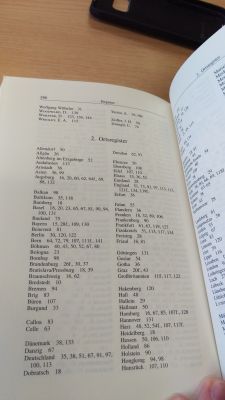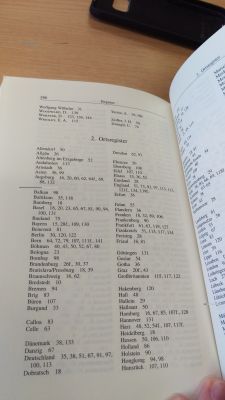Hello,
Today I ran into a very annoying problem that prompted me to start this topic. My work has forced me to photograph intensively in the last few days. I took photos with my Samsung Galaxy S8 phone and saved them on a SanDisk Extreme Pro 32 GB micro SD memory card. Everything was fine while shooting, I was able to view and delete them. Today, to protect my work, I decided to copy them to a laptop. Before copying, I wanted to go through the last few photos on the phone and here was the problem. The last few photos came out dimly (poor sharpness). It had happened before, but usually it took a few seconds to read. I decided to close and reopen the photo application. It turned out that the phone does not see any previously taken photos. From then on, he hadn't seen the memory card itself either. Restarting the phone and removing and inserting the card did nothing.
I am far away from home and did not have an adapter at hand. I was able to purchase an adapter that connects my micro SD card to my laptop via a USB connector. And here's another problem. The laptop sees the card as a removable drive F :, but does not display its capacity. The green bar showing the card is loading almost reaches the end of the window but stops. Right clicking on this drive causes Windows Explorer to crash. Similarly, the disk management utility does not display disk status information when the adapter with the card is attached. Also, Safe Hardware Removal refuses to work. All problems are solved by removing the adapter from the USB port.
I came across a lot of threads about memory cards in this and other forums, but not a problem identical to mine. Somewhat in the dark, I tried to use two programs. The first of them - Recuva does not see this disk (card) at all. The ZAR X sees the card, detects its model and capacity, but when it starts scanning sectors, it detects the first as "bad sector" and stops there. The device manager can also see the card, its model and capacity. The card and the phone never suffered any mechanical damage. I looked carefully at the card and cleaned it, no signs of damage or melting. Let me add that my laptop is a Dell XPS 9570 i7-8750H, 16 GB, GTX 1050Ti, Windows 10 Pro.
Has anyone encountered a similar problem? I would like to believe that the photos stored on the card are recoverable, they are quite important to me. I will be grateful for any suggestions and help.
Today I ran into a very annoying problem that prompted me to start this topic. My work has forced me to photograph intensively in the last few days. I took photos with my Samsung Galaxy S8 phone and saved them on a SanDisk Extreme Pro 32 GB micro SD memory card. Everything was fine while shooting, I was able to view and delete them. Today, to protect my work, I decided to copy them to a laptop. Before copying, I wanted to go through the last few photos on the phone and here was the problem. The last few photos came out dimly (poor sharpness). It had happened before, but usually it took a few seconds to read. I decided to close and reopen the photo application. It turned out that the phone does not see any previously taken photos. From then on, he hadn't seen the memory card itself either. Restarting the phone and removing and inserting the card did nothing.
I am far away from home and did not have an adapter at hand. I was able to purchase an adapter that connects my micro SD card to my laptop via a USB connector. And here's another problem. The laptop sees the card as a removable drive F :, but does not display its capacity. The green bar showing the card is loading almost reaches the end of the window but stops. Right clicking on this drive causes Windows Explorer to crash. Similarly, the disk management utility does not display disk status information when the adapter with the card is attached. Also, Safe Hardware Removal refuses to work. All problems are solved by removing the adapter from the USB port.
I came across a lot of threads about memory cards in this and other forums, but not a problem identical to mine. Somewhat in the dark, I tried to use two programs. The first of them - Recuva does not see this disk (card) at all. The ZAR X sees the card, detects its model and capacity, but when it starts scanning sectors, it detects the first as "bad sector" and stops there. The device manager can also see the card, its model and capacity. The card and the phone never suffered any mechanical damage. I looked carefully at the card and cleaned it, no signs of damage or melting. Let me add that my laptop is a Dell XPS 9570 i7-8750H, 16 GB, GTX 1050Ti, Windows 10 Pro.
Has anyone encountered a similar problem? I would like to believe that the photos stored on the card are recoverable, they are quite important to me. I will be grateful for any suggestions and help.





